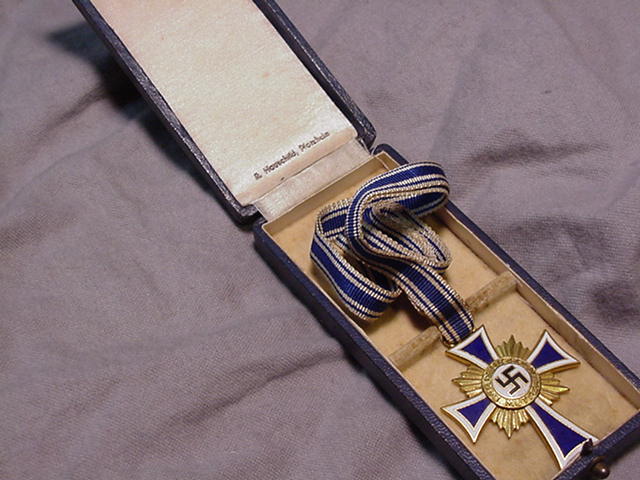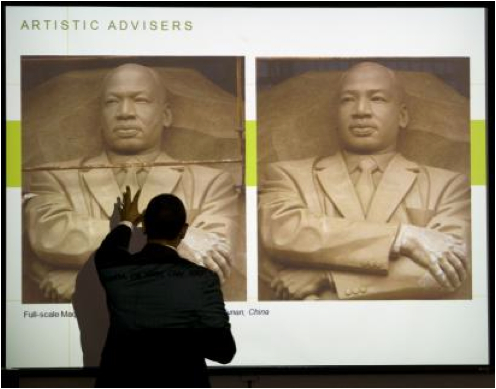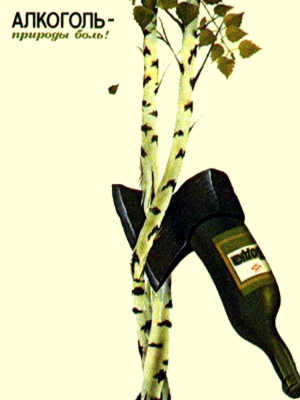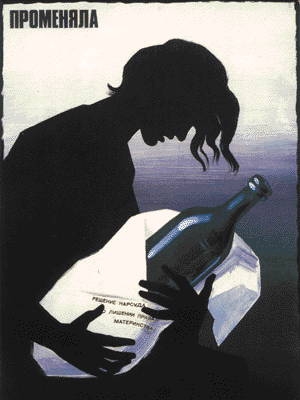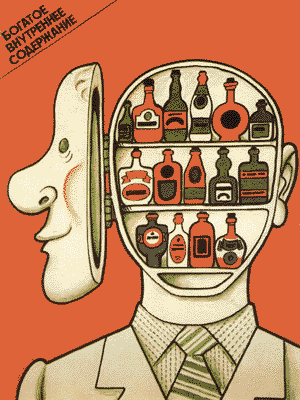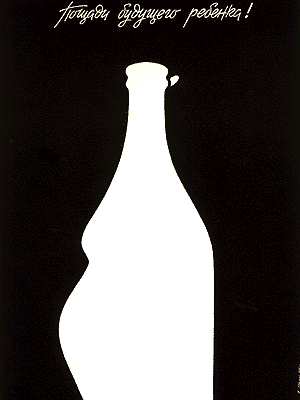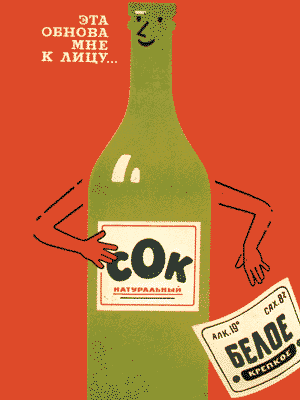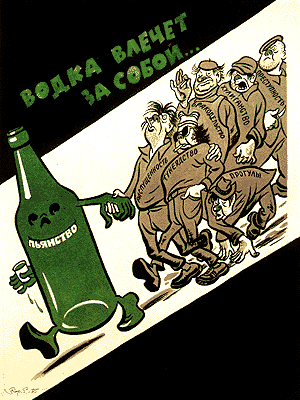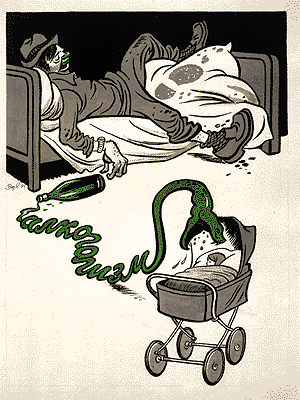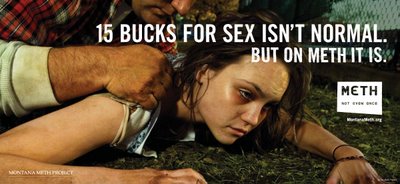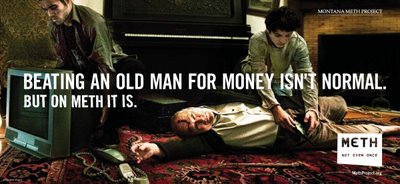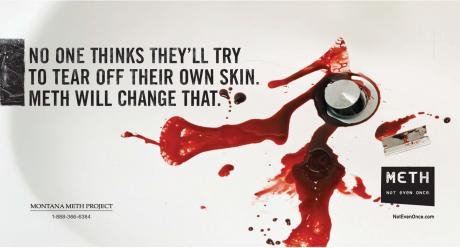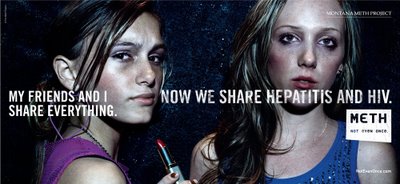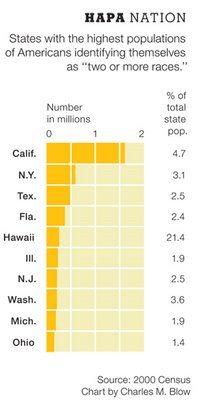Pro- and anti-natal policies are those that encourage and discourage childbearing respectively. There’s an excellent article in the New York Times today about pro-natal efforts in Europe. The population is falling there due to a low birth rate.
One of the things they mentioned in the article was the Third Reich “Mother’s Cross” (I found this one here). Women who had four children were awarded a bronze medal, women who had six a silver, and women who had eight a gold. (This was a eugenic strategy, of course; an effort to increase the birthrate for pure, white people.)
I think one of the most fascinating things about this medal is not so much the pro-natal, or even eugenic story, but the explicit linking of military service with motherhood. There are plenty of good arguments to make that being a mother is a service to the nation just like military service. After all, as is recognized in Europe, if women stop having babies, eventually there will be no nation at all. Also, being a mother involves sacrificing yourself, taking time out of the labor force and, indeed, risking your life and health. (Ann Crittenden makes this argument in The Price of Motherhood.) Of course, in the U.S. we don’t value motherhood the way we value military service. And, sigh, we are awarded no medals for bringing new human beings into existence. We do, however, have pro-natalist policy. The fact that we get a tax write-off for every child we have is a direct economic incentive to reproduce.

